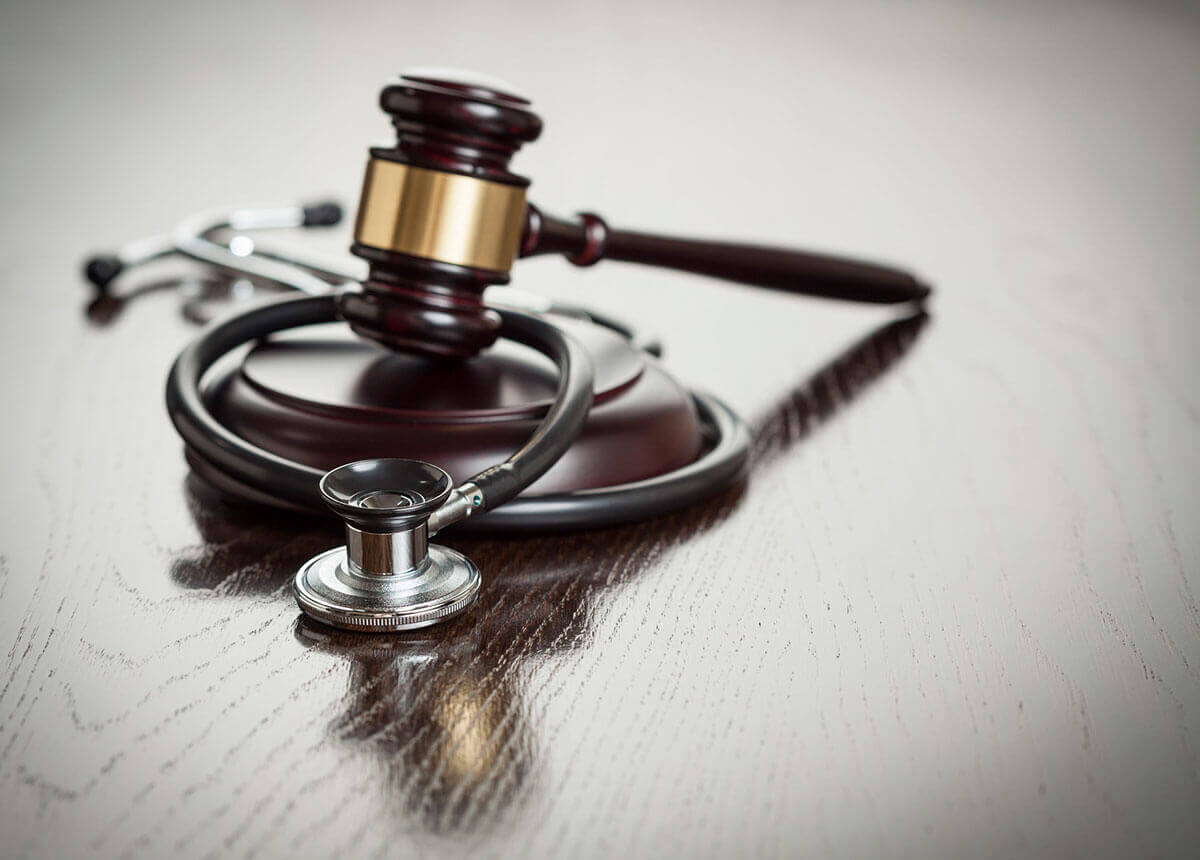The Link between Health and Ethics

From the Public Health Perspective
In the judicial system, a norm is established against discrimination on the basis of disability tying law closely to public health.1 Thus, it would seem that justice and public health in many ways are interdependent. However, public health and law are separate disciplines, and as Wendy Parmet, a leading expert on health, disability, and public health law puts it, “The legal perspective contrasts dramatically with a public health population perspective. Legal reasoning tends to rely on analogy and deductive application of rules to facts. Public health works from empirical evidence and probabilistic reasoning.”2 Including persons with disabilities providing equal stance in courts of law necessitates a blueprint that avoids exploitation of disabilities due to legal adversarial tactics.
A Preventable Public Health Problem
Legal abuse syndrome is a term that references PTSD or other traumatic stress induced or exacerbated by litigation and legal processes. It happens most frequently when non-apparent disabilities are not accommodated, exploiting the symptoms of the persons with disabilities.3
The Communication Breakdown
Legal v medical communication presents a dizzying challenge that creates a conundrum. Medical doctors and lawyers both use the term ‘differential diagnosis,’ but the two professions often mean different things by it.
The medical community defines it as the attempt to identify the ailment in order to prescribe the treatment. The legal community is concerned with the identification of the cause(s) of the ailment. Most medical doctors focus on diagnosis for purposes of treatment, whereas lawyers are typically interested in causality and liability.
The legal use of the phrase ‘differential diagnosis’ might be better termed ‘differential etiology.’
The Need for Uniformity when Accommodating Persons with Non-apparent Disabilities
Clerks and legal representatives with no medical credentials grant or deny persons with disabilities through a process that erect barriers instead of providing the needed alterations. A need for a uniform method of screening that pertains to the demands of non-apparent disabilities is simply not acknowledged on the accommodation requests.
Ethical Argument
Ethical and legal decisions are critical. Ethical consistency on legal/medical needs to be demanded and enforced. The quality of human lives depend on it.
Professional Ethics course
We now offer a course for Professionals: https://eaacourses.com/enroll/professional-ethics/

